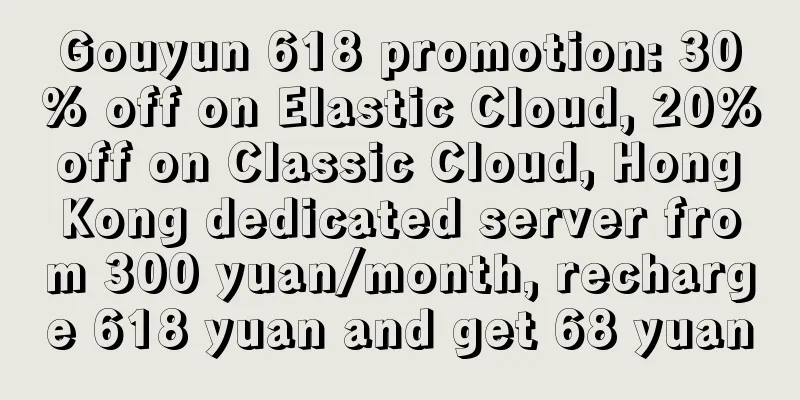After FTTH: Who will lead the development of the optical fiber and cable industry?

|
Fiber optic cables are currently widely used in the current network era. Long-distance trunk transmission, fiber-to-the-home, and future 5G applications will all drive the development of fiber optic cables in the next 10 years. According to relevant reports, the demand for optical fiber in all regions of the world has grown at a double-digit rate from 2000 to 2015. Among them, China's optical fiber and cable production and demand have been among the highest in the world in recent years. In 2015, the global optical fiber and cable production was 384 million core kilometers, and China accounted for more than half of the world's total. In 2016, the total global demand for optical fiber and cable reached 425 million core kilometers, and China accounted for 57%, and will continue to grow. The main reason is the increase in demand for optical fiber brought about by broadband upgrades. In 2016, the global optical fiber and cable market grew at a rate of about 11%. As the world's largest optical fiber and cable market, China played an important role in this market, with a growth rate exceeding that of all other markets in the world, reaching 57%. The demand growth of the three major operators also reached more than 50%. It is observed that the current demand for optical fiber and cable is mainly driven by the construction of fiber-to-the-home, but there is a time node for the construction of fiber-to-the-home. At present, the construction of fiber-to-the-home in some countries has reached saturation, and the demand for optical fiber has begun to decline. Although this situation will not happen in China in the next few years, as major cities in China have completed optical fiber transformation one after another, the growth rate of demand for optical fiber and cable will inevitably slow down, which may have a negative impact on the future development of the optical fiber and cable industry. On the other hand, although the submarine cable market is relatively small, CRU expects that submarine cables will usher in a relatively strong growth momentum, and submarine cables have high added value. It can be foreseen that the demand for submarine cables will enter a period of rapid growth. It is reported that the demand for submarine cables reached a new peak in 2016. There are currently three major submarine cable projects under construction around the world, including the Arctic submarine optical fiber network construction project, which has an installation capacity of 15,000 kilometers and is the world's largest submarine cable network. After completion, it will connect Asia and Western Europe through Canada and Alaska, USA. CRU currently monitors 30 projects under construction, each of which is more than 1,000 kilometers long. Some Internet giants such as Google, Amazon, and Facebook are investing in the construction of submarine cables, so submarine cables will continue to grow rapidly. |
>>: NFV/SDN is a must for 5G, not an option
Recommend
From theory to practice: the wide application of MUX VLAN in the network
Background of MUX VLAN MUX VLAN (Multiplex VLAN) ...
The role of satellite communications in smart cities: enhancing urban connectivity
As urban populations continue to grow, the need f...
Servzen: $2.49/month OpenVZ-1GB/20GB/1Gbps unlimited traffic/Netherlands data center
Servzen is a foreign hosting company founded in 2...
AI World: Eight AI trends to watch in 2018
Computationally speaking, the big data analytics ...
Which router has the best wall penetration effect? Wireless router pit prevention guide
When buying a wireless router, the first thing to...
The impact of next-generation communication protocols on smart building technology
The emergence of next-generation communication pr...
Donghua's anti-unified prescription system helps hospitals develop an "indestructible body"
Recently, a piece of news that "Apple China ...
Talk about the past and present of programmable network elements
[[402793]] This article is reprinted from the WeC...
Broadband diversion has a huge impact, and traffic has little room for explosive growth
The unit price of traffic has dropped from 15 yua...
Is it safe to use HTTPS? What is the principle of HTTPS?
HTTPS As the cost of building a HTTPS website dec...
Application of SRv6 Technology in Home Network
Labs Guide In order to adapt to the development o...
Research shows: 80% of enterprises will strengthen 5G and edge plans
Edge and 5G have become leading areas of investme...
Omdia: In the third quarter of 2020, 109 commercial 5G networks were launched worldwide
On October 28, according to the latest 5G service...
edgeNAT is 30% off on Double 11, and you can apply for 50% off when you top up 500 yuan. Hong Kong/Korea/US CN2 is available
edgeNAT is a Chinese VPS host established in 2019...
V5.NET is newly launched on Taiwan CN2 server, new customers get 30% off on first order
The tribe has shared information about V5.NET twi...









